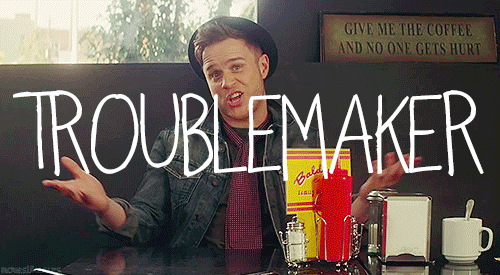danderer
Guru
I'm a single-engine kind of guy. Let's just take that as a given.
Many single-engine boats going offshore have a backup propulsion system. These backup systems have varying degrees of dependence on the primary systems.
How often are these backup systems used in anger? How often is a more-independent system more valuable than a less-independent one?
Ideally I'd love to see some numbers here: the main engine in such an environment fails every XX hours, the prop/shaft becomes disabled every YY hours, fuel problems that impact all boat systems occur.. That'd make it easy to quantify the value of not only backup propulsion systems in general, but the the relative value of specific types of backups.
Unfortunately I'd be real surprised if such numbers exist in a statistically significant form. And so I'll ask for anecdotal information:
If you do go out of towboat range, have you needed your backup system? What type of failure did you encounter, and what would have been the consequences of not having the backup?
Many single-engine boats going offshore have a backup propulsion system. These backup systems have varying degrees of dependence on the primary systems.
How often are these backup systems used in anger? How often is a more-independent system more valuable than a less-independent one?
Ideally I'd love to see some numbers here: the main engine in such an environment fails every XX hours, the prop/shaft becomes disabled every YY hours, fuel problems that impact all boat systems occur.. That'd make it easy to quantify the value of not only backup propulsion systems in general, but the the relative value of specific types of backups.
Unfortunately I'd be real surprised if such numbers exist in a statistically significant form. And so I'll ask for anecdotal information:
If you do go out of towboat range, have you needed your backup system? What type of failure did you encounter, and what would have been the consequences of not having the backup?



